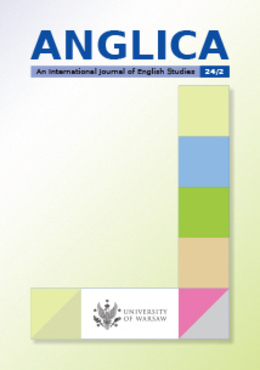Of ‘Bodies’ and Related Names in the History of English Semantics: Semantic Dynamics vs. Semantic Boundedness
Of ‘Bodies’ and Related Names in the History of English Semantics: Semantic Dynamics vs. Semantic Boundedness
Author(s): Xavier DekeyserSubject(s): Language and Literature Studies, Theoretical Linguistics, Semantics
Published by: Wydawnictwa Uniwersytetu Warszawskiego
Keywords: English semantics; semantic dynamics; semantic boundedness
Summary/Abstract: This paper deals with the names for both living and dead bodies, more particularly OE lic and lichama, OE bodig and nally ME corpse. The main focus will be on the contrast between semantic dynamics and boundedness, together with what we refer to as semantic redeployment. Body proves to be a very dynamic lexeme. in addition, it also contributed to the system of grammaticalized quantifier pronouns. This is in sharp contrast with the boundedness of lic and lichama, which gradually got lost in the course of ME. Initially, the loan lexeme corpse seemed to follow the semantic paradigm of body. However, in present-day English it has only preserved its prototypical meaning of dead body interestingly, my data suggest that words related to ‘death’ do not tend to give rise to any metonymical or metaphorical developments. The eventual result of these lexico-semantic changes is a far-reaching redeployment in Modern English in terms of a binary contrast between two lexical items: polysemous body, with a vast array of mostly metaphorical meanings, and monosemous corpse.
Journal: ANGLICA - An International Journal of English Studies
- Issue Year: 24/2015
- Issue No: 2
- Page Range: 63-78
- Page Count: 16
- Language: English

